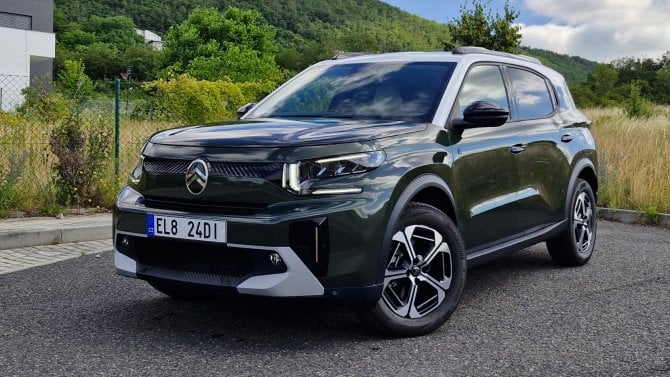...
LONDON, Sept 25 (Reuters) - The share of emerging market currencies in global foreign exchange trading almost quadrupled in the three years to April, with one in five trades now involving a developing nation currency, the Bank for International Settlements said on Tuesday.
That compares with only a 5.2 percent share in April 2004 and the huge growth shows how investors have diversified their portfolios in recent years, the BIS said in its triennial survey of the foreign exchange market.
The Hong Kong dollar is the world's most heavily traded emerging market currency and Singapore is the biggest emerging market foreign exchange trading centre, with an average daily turnover of $231 billion.
To put the explosive growth into context, the share of the emerging market FX in global currency trade between 2001 and 2004 increased only to 5.2 percent from 4.5 percent.
The surge reflects emerging economies' growing financial clout as they run current account surpluses and rapidly build up foreign currency reserves.
It also coincides with a period of weakness in the U.S. dollar, which this week fell to a record low against the euro and a 15-year low versus a basket of currencies . The Basel-based BIS, a forum for the world's central banks, noted the "trend for institutional investors with a longer term investment horizon towards holding more internationally diversified portfolios".
The Hong Kong dollar's share of average daily turnover increased to 2.8 percent by April 2007 from 1.9 percent in 2004. The currency is pegged to the U.S. dollar but the territory is a major financing centre for the booming mainland China market.
In a global list, it was the 12th most-traded currency.
The Mexican peso, Singapore dollar, South Korean won and South African rand were ranked 15th, 16th, 17th and 18th most-traded currencies, respectively. The Russian rouble was the 20th most traded, followed by the Polish zloty in 21st place.
Poland which joined the European Union in May 2004, saw the zloty's share of global trade double to 0.8 percent.
INDIA, CHINA
But volumes in the Indian and Chinese currencies, which are still subject to exchange controls, had the most marked increases. The rupee saw its share in overall volumes rise to 0.7 percent from 0.3 percent while the yuan's share rose five-fold to 0.5 percent.
In terms of geographical breakdown, India registered an average $34 billion in daily FX transactions in April 2007 versus just $7 billion in 2004. China recorded $9 billion a day compared with $1 billion in 2004.
"Among emerging markets where trading rose the growth of India was noteworthy and possibly reflected Indian authorities' efforts to relax controls of capital movements," the BIS said.
China's burgeoning importance was reflected in Hong Kong's growing clout in terms of geographical distribution of foreign exchange trade. Hong Kong's share of global FX trade is now 4.4 percent, up from 4.2 percent three years back, the survey found.
The Saudi riyal, Colombian peso and Slovak crown which did not make the grade for the 2004 survey, now each account for 0.1 percent of daily average trade.
The emerging market centre with the biggest volume of daily volume was Singapore with an average $231 billion transacted in April 2007, or 5.8 percent of the total.
This compared with the $1.3 trillion registered by London, the world's main FX trading centre.
TO READ OTHER REUTERS REPORTS ON THE BIS TRIENNIAL SURVEY PLEASE DOUBLE CLICK ON [nL25769752]




 Test Renault 5 E-Tech: Velká očekávání s malou spotřebou
Test Renault 5 E-Tech: Velká očekávání s malou spotřebou
 Ještě budete vzpomínat na čtyřokou Octavii. Elektrická Octavia přijde na podzim a bude kontroverzní
Ještě budete vzpomínat na čtyřokou Octavii. Elektrická Octavia přijde na podzim a bude kontroverzní
 Kde se o prázdninách opravují dálnice? Dopravní peklo nabídnou hlavně D0 a D4
Kde se o prázdninách opravují dálnice? Dopravní peklo nabídnou hlavně D0 a D4
 Oldtimer Express 2025: Jak být atrakcí v Monaku? Stačí přijet veteránem
Oldtimer Express 2025: Jak být atrakcí v Monaku? Stačí přijet veteránem
 Test Citroën ë-C3 Aircross Max (44kWh): Elektromobil do každé rodiny
Test Citroën ë-C3 Aircross Max (44kWh): Elektromobil do každé rodiny
